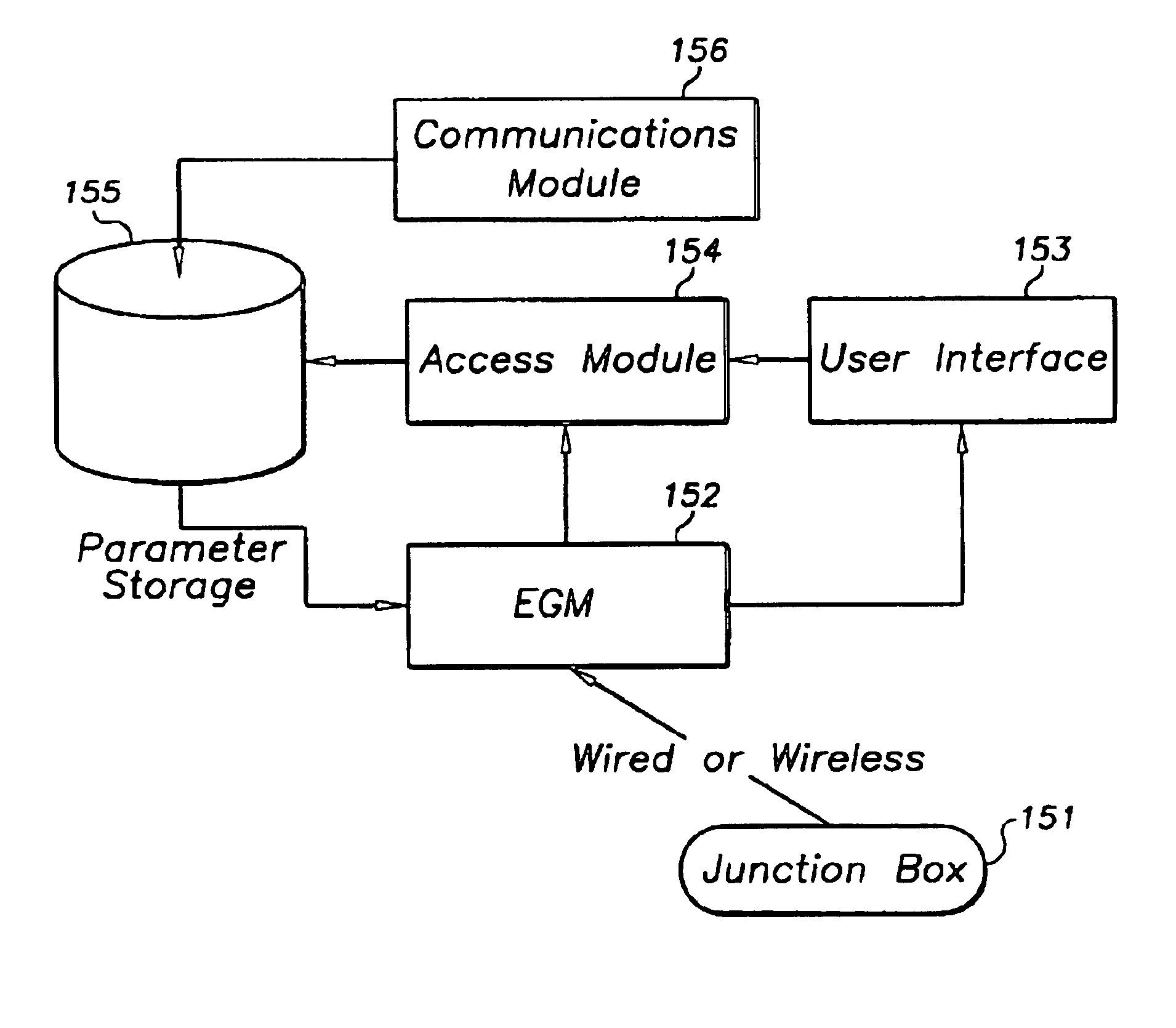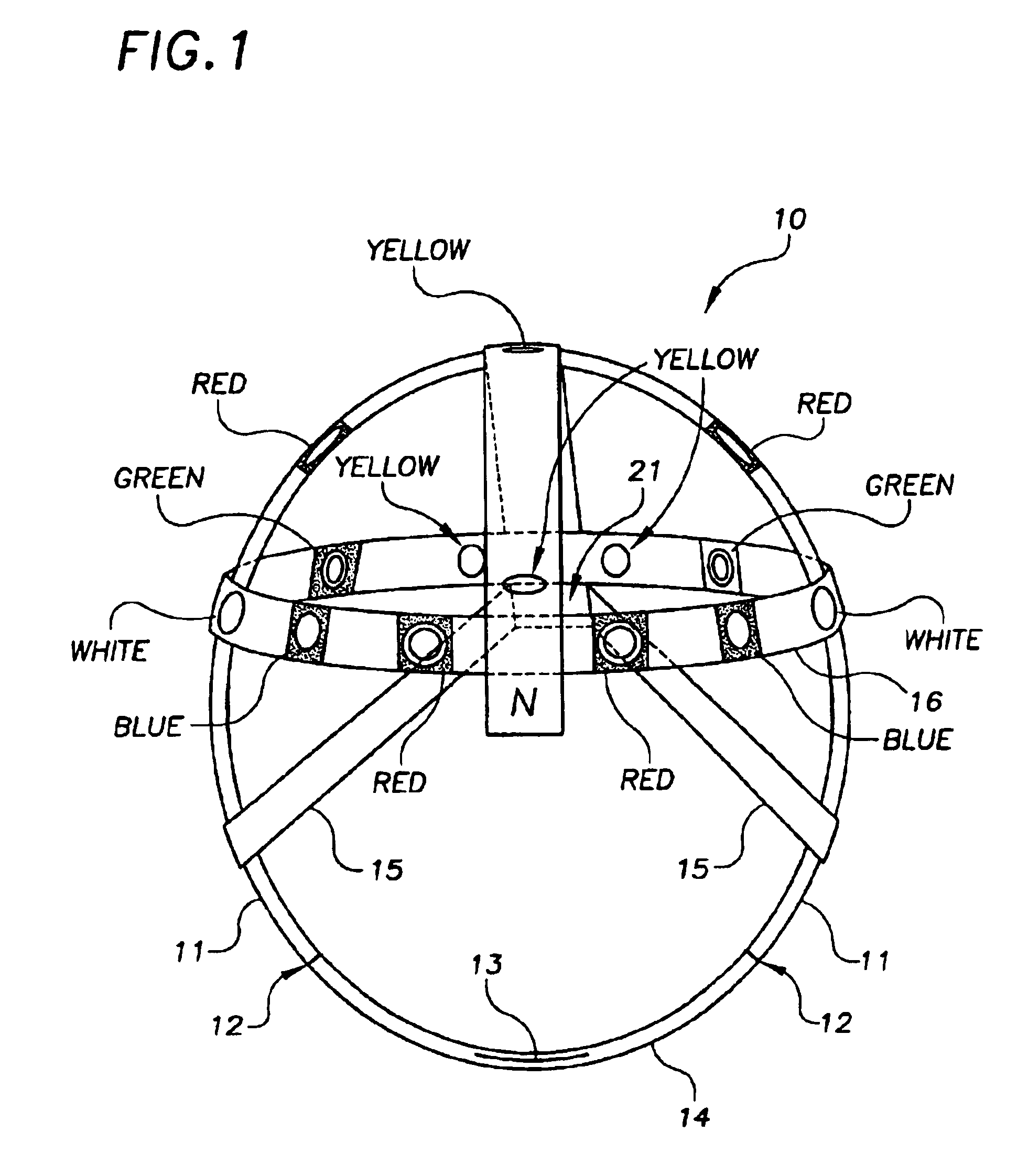Electroencephalogram acquisition unit and system
a technology of electroencephalography and acquisition unit, which is applied in the field of electroencephalography acquisition unit and system, can solve the problems of not being able to perform emergency room electroencephalography (er-eeg), a standard, non-invasive test to evaluate brain function, and presenting a serious unmet medical need, so as to achieve rapid and easy reading and extensive control of parameters.
- Summary
- Abstract
- Description
- Claims
- Application Information
AI Technical Summary
Benefits of technology
Problems solved by technology
Method used
Image
Examples
Embodiment Construction
[0034]The system, method and apparatus of the present invention can be used for application of electroencephalography in any setting of acute brain injury (“ABI”), including by way of example, the emergency room, Intensive care unit, or field emergencies. For purposes of illustration, the following describes one preferred implementation of the apparatus and the method of using it, and the system of the present invention. As will be apparent to those skilled in the art, the apparatus, method and system described can be easily modified for application in any setting of acute brain injury.
[0035]With reference to FIG. 11, the system initiates with the presentation 110 to emergency personnel of a patient with an acute brain injury (“ABI”). The specific emergency personnel (“ABI-Tech”) will depend upon the context; In the emergency room (“ER”) it might be a nurse or ER technician, and in a field emergency it might include paramedic personnel. In any of such cases, an ABI-Tech opens 111 a ...
PUM
 Login to View More
Login to View More Abstract
Description
Claims
Application Information
 Login to View More
Login to View More - R&D
- Intellectual Property
- Life Sciences
- Materials
- Tech Scout
- Unparalleled Data Quality
- Higher Quality Content
- 60% Fewer Hallucinations
Browse by: Latest US Patents, China's latest patents, Technical Efficacy Thesaurus, Application Domain, Technology Topic, Popular Technical Reports.
© 2025 PatSnap. All rights reserved.Legal|Privacy policy|Modern Slavery Act Transparency Statement|Sitemap|About US| Contact US: help@patsnap.com



